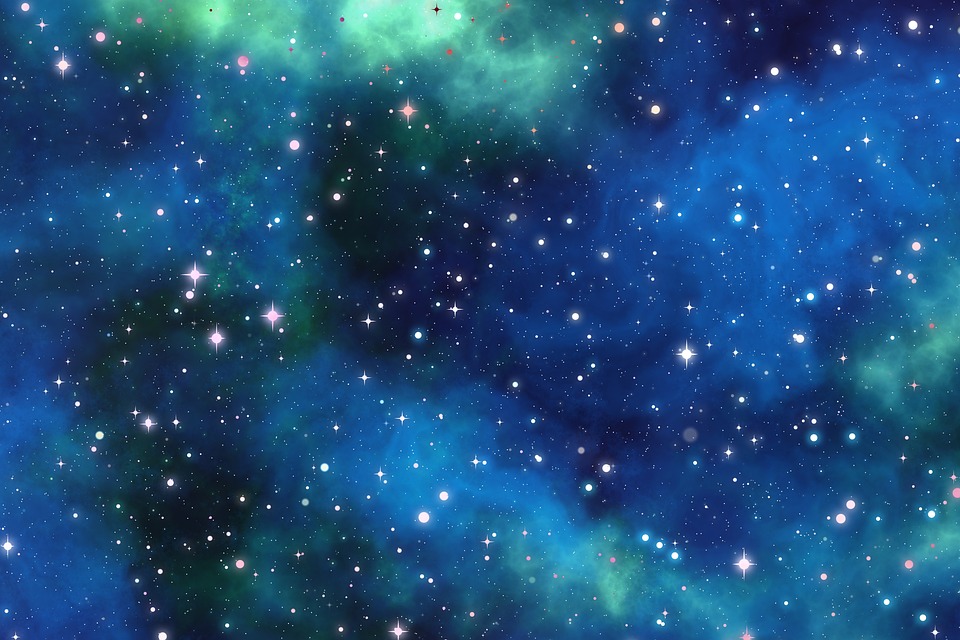Galactic Secrets Revealed: 5 Captivating Facts About Our Universe
The cosmos, a vast expanse filled with innumerable mysteries, continues to intrigue and fascinate us with its wonders. From dazzling celestial objects to cryptic phenomena, the universe keeps on unveiling its secrets, one discovery at a time. Today, we uncover 5 captivating facts about our universe that will leave you awe-struck.
Image: A stunning image of the Andromeda Galaxy merging with the Milky Way, illustrating the cosmic dance in our universe.
Fact 1: Dark Matter and Dark Energy – The Unseen Cosmos
Although it is invisible to the naked eye, it is believed that dark matter constitutes about 27% of our universe. Dark matter is an elusive form of matter that does not reflect, absorb, or emit light, making it challenging to detect. What makes this enigmatic entity even more intriguing is its possible connection to dark energy, a mysterious force believed to make up around 68% of the universe. Together, dark matter and dark energy form the invisible backbone of our universe, dictating the cosmic ballet that can seen only through the gravitational lensing effect.
Fact 2: Black Holes – The Most Massive Devourers
Black Holes are regions of spacetime with incredibly strong gravitational forces that nothing, not even light, can escape from, rendering them completely black. These formidable entities are thought to be the remnants of massive stars that have exhausted their fuel sources and undergone gravitational collapses. The supermassive black hole, Sagittarius A*, located at the center of the Milky Way resembles an enigmatic whirlpool, possessing a mass nearly four million times that of the sun. With time capsuled information of entire galaxies, these cosmic monstrosities remain an enigma that quite literally pulls at the curiosity of astronomers.
Fact 3: The Cosmic Web – Forms of Galactic Structures
Galaxies are not randomly dispersed but rather, networked together in a breathtakingly intricate structure known as the cosmic web. It’s a structure made up of galaxies, enormous intergalactic gas blobs, and dark matter – all interwoven into the Universe’s vast expanse. The cosmic web stretches vast distances across space, and most of the galaxies fall into three primary configurations – clusters, filaments, and walls. Expanded action over the course of billions of years transforms the universe into this ‘cosmic tapestry’ sprawling across the observable universe.
Fact 4: The Horizon of the Observable Universe – Light Speed Limit
The universe is an expanse that spans nearly 93 billion light-years, a figure that goes beyond the Earth’s age of approximately 4.5 billion years. As intriguing as it sounds, we can’t see the entire universe. The concept of the Cosmic Microwave Background lends us an understanding of this frontier. About 13.7 billion years ago, light started to travel freely as the universe cooled down. That light has now reached the outermost edges of the universe, thereby drawing a line called the ‘cosmic horizon’. This boundary defines the limits of what we can observe.
Fact 5: Inflationary Universe – The Rapid Bang
The Big Bang theory suggests that the universe was created about 13.8 billion years ago from an extremely hot, dense, and tiny singularity. But the theory doesn’t explain the universe’s evenness and flatness in its current large-scale structure. Inflationary theory invokes a brief burst of rapid expansion that occurred a tiny fraction of a second after the Big Bang, stretching out any initial irregularities. This inflation also gave a reason to the universe’s horizon of the observable universe, explaining why it looks uniform in all directions.
FAQs on the Cosmos
Q: Are there any other theories of the universe’s origin besides the Big Bang?
A: Yes, while the Big Bang is the most widely accepted theory, there are other theories such as the Steady State Theory, the Oscillating Universe Theory, and the Ekpyrotic Universe theory, among others.
Q: How do astronomers study black holes if they don’t emit light?
A: While black holes themselves are invisible, their extreme gravitational effects reveal their presence in the cosmos. Astronomers unearth black holes by studying their effect on nearby stars and gas.
Q: What happens if a star enters a black hole?
A: If a star passes within a black hole’s "event horizon," it can’t escape the black hole’s gravitational pull and will be consumed. The star would be reduced to a point of infinite density, known as a singularity.
Q: How does our universe expand?
A: The universe continually expands as galaxies move away from one another. This expansion is a result of the continued influence of the Big Bang’s explosive force.
The cosmos, in its infinite wisdom, continues to keep us guessing and astounds us with its humbling and awe-inspiring wonders. As we continue to unravel more of its secrets, the horizon only broadens, hinting at the limitless space for future discoveries.
Image credit: NASA/ESA/ATLAS
References:



